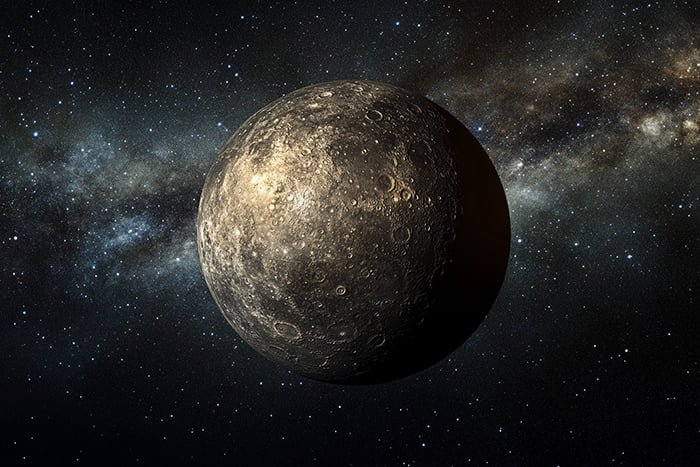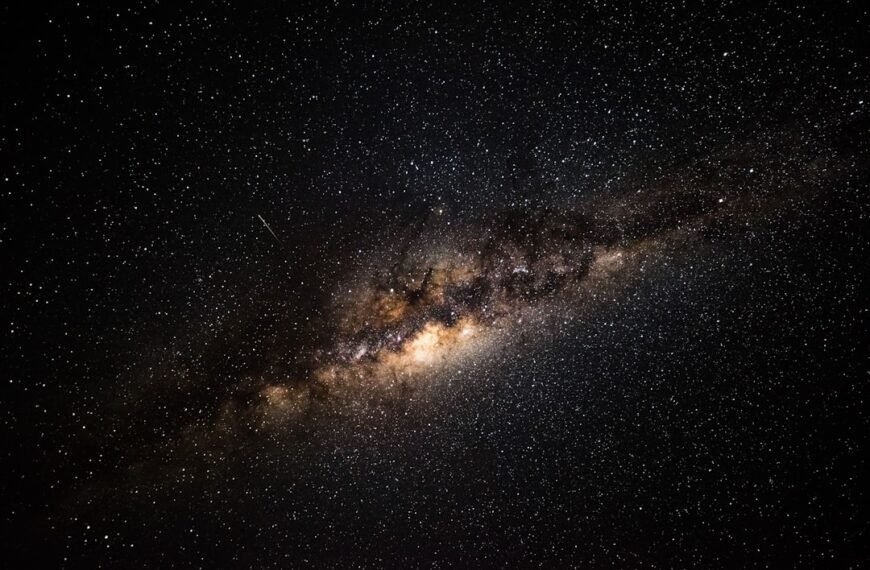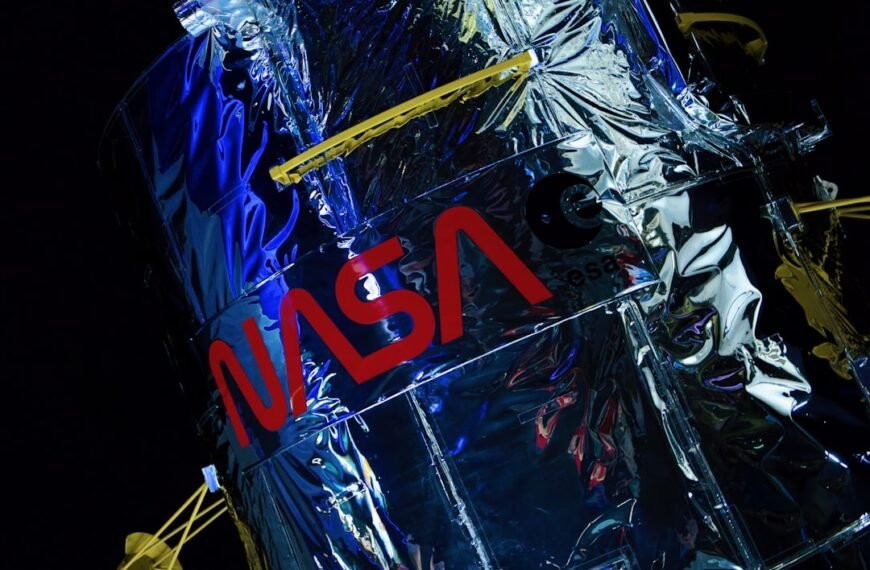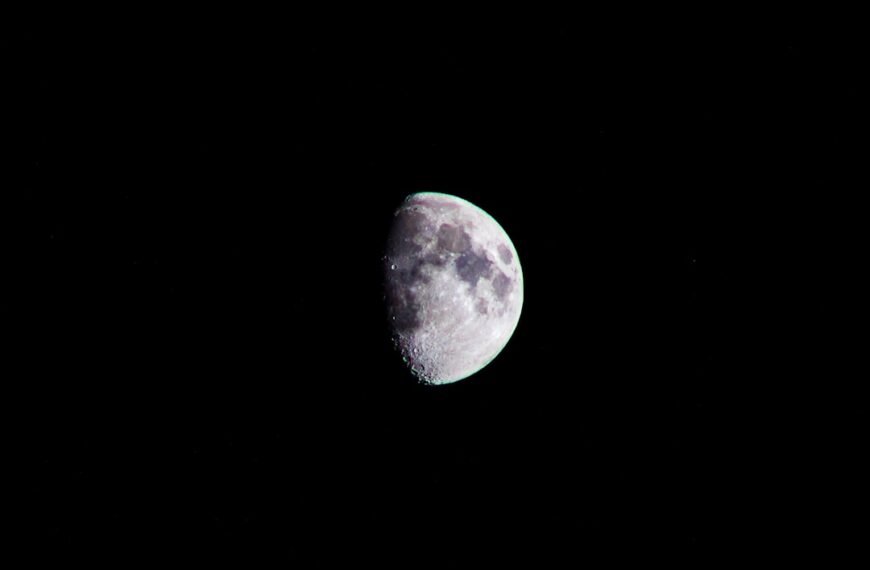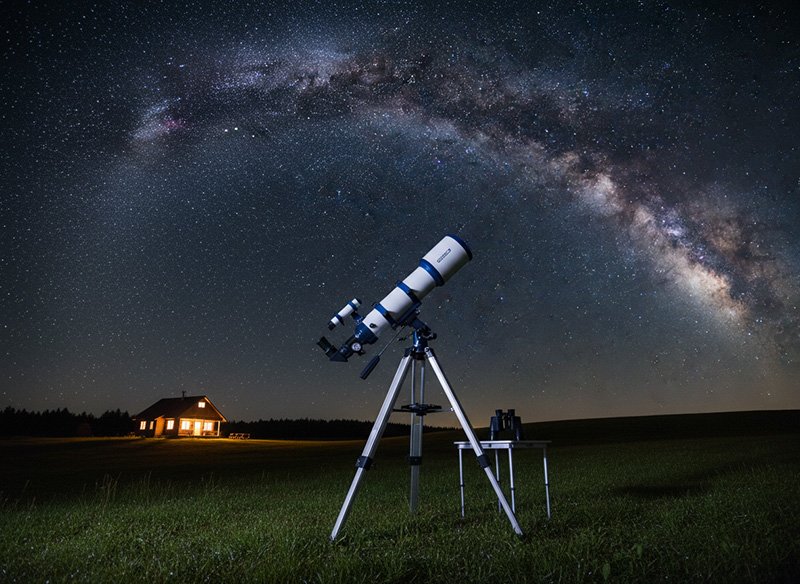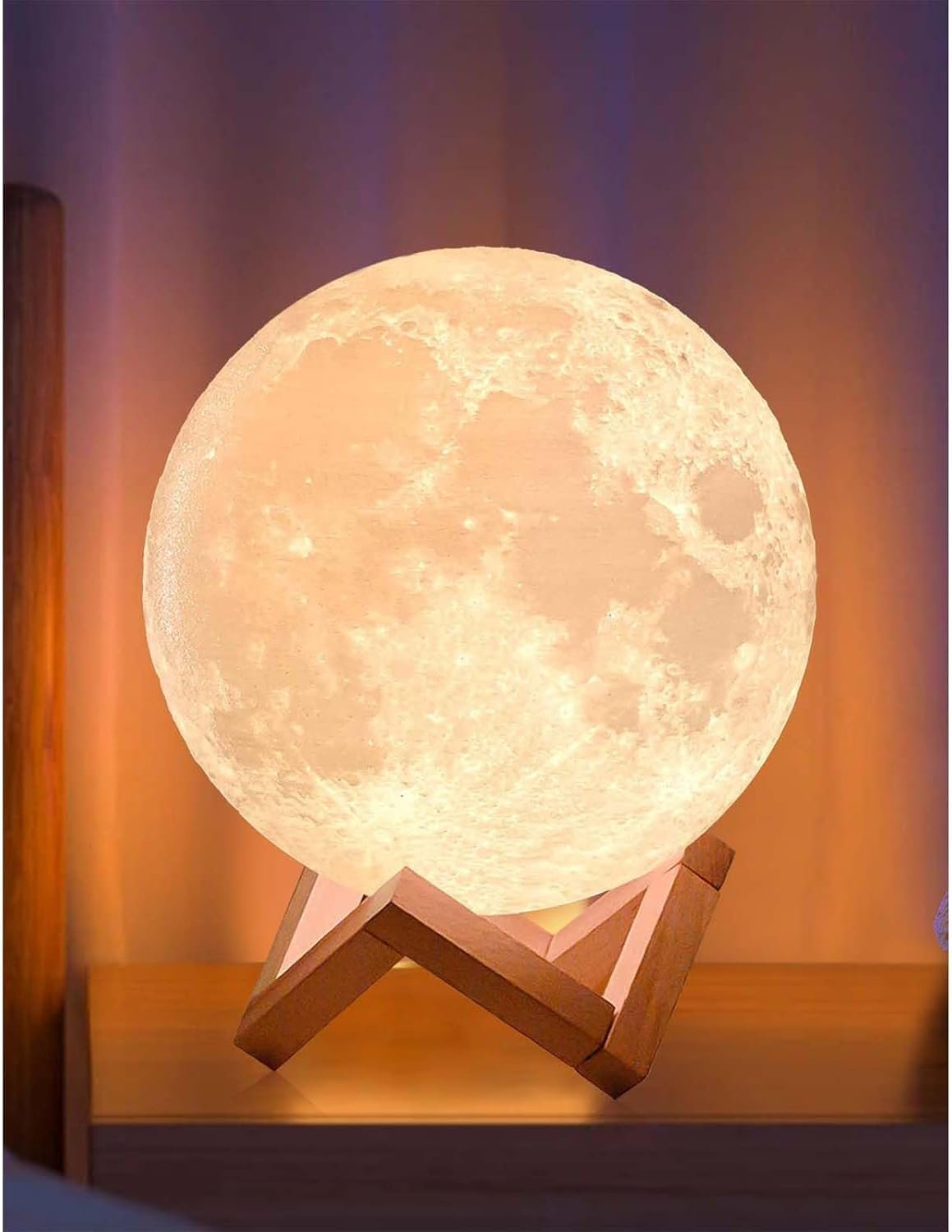Venus, Earth’s “sister planet,” has extreme heat, thick atmosphere, and volcanic terrain. Future missions explore its mysteries and potential colonization.
Key Takeaways 📝
- Venus, often seen as Earth’s “sister planet,” stands out with its extreme heat and thick atmosphere, presenting a vivid contrast to our home planet.
- Venus boasts an average surface temperature of around 465°C (900°F), making it the hottest planet in the Solar System despite being farther from the Sun than Mercury.
- The idea of potential life in the upper atmosphere of Venus, where conditions are less severe, challenges our conventional understanding of habitability.
- Future missions aim to explore Venus’s inhospitable environment, with proposals for advanced robotic probes and even concepts for human colonization through floating cities.
- Understanding Venus’s runaway greenhouse effect and volcanic activity could offer valuable insights into Earth’s climate and geological processes.
Venus, the second planet from the Sun, has long captured the imagination of astronomers, scientists, and the general public alike. Often referred to as Earth’s “sister planet,” Venus is a complex and fascinating world that has intrigued humanity for centuries. From its striking appearance in the night sky to its extreme and inhospitable surface conditions, Venus is a planet that continues to reveal new secrets with each passing decade of exploration.
In this comprehensive blog post, we’ll delve into the captivating world of Venus, exploring its unique features, history, and the ongoing efforts to unravel its mysteries. Join us as we embark on a journey to understand the enigmatic nature of this remarkable celestial body.

The Bright and Mysterious Venus
Venus is the second-brightest object in the night sky, surpassed only by the Moon. Its dazzling appearance has led to its recognition in many ancient cultures, with the planet being associated with various deities and mythological figures, such as the Roman goddess of love, Venus, and the Greek goddess Aphrodite.
Despite its prominence in the sky, Venus long remained a mystery to early astronomers. The planet’s thick, cloud-shrouded atmosphere obscured its surface, leading to misconceptions about its nature and even the belief that it was a twin of Earth. It wasn’t until the 20th century, with the advent of advanced telescopes and spacecraft, that the true nature of Venus began to be revealed.
Extreme Conditions on the Venusian Surface
One of the most striking features of Venus is its extreme surface conditions. With an average temperature of around 465°C (900°F), Venus is the hottest planet in the Solar System, even hotter than Mercury, which is closer to the Sun. This extreme heat is the result of a runaway greenhouse effect, where the planet’s thick atmosphere, composed primarily of carbon dioxide, traps the Sun’s energy and prevents it from escaping back into space.
The atmospheric pressure on the surface of Venus is also incredibly high, measuring around 92 times the pressure of Earth’s atmosphere. This crushing pressure, equivalent to being nearly a kilometer (0.6 miles) deep in the ocean, is enough to deform metal and make the Venusian landscape a truly alien and inhospitable environment.
Exploring the Venusian Landscape
Despite the extreme conditions, Venus has a diverse and fascinating landscape. The surface is dominated by vast, smooth volcanic plains, with a few prominent highland regions, such as Ishtar Terra and Aphrodite Terra. These regions are characterized by towering mountains, deep valleys, and thousands of volcanoes, some of which may still be active today.
One of the most notable features of the Venusian surface is the absence of large impact craters, a stark contrast to the heavily cratered surfaces of other terrestrial planets like Mercury and the Moon. This suggests that the Venusian surface is relatively young, with a history of active resurfacing through volcanic activity and other geological processes.
The Venusian Atmosphere: A Shroud of Mystery
Venus’s atmosphere is a key factor in understanding the planet’s extreme environment. Composed primarily of carbon dioxide, with traces of other gases like nitrogen and sulfur dioxide, the Venusian atmosphere is incredibly dense and acts as a powerful insulator, trapping the Sun’s heat and creating the runaway greenhouse effect.
The atmosphere also plays a crucial role in the planet’s weather patterns, with high-speed winds circling the planet and creating a perpetual cloud cover that obscures the surface from view. These clouds are primarily composed of sulfuric acid droplets, further contributing to the planet’s inhospitable nature.
Unraveling the Mysteries of Venus
Despite the challenges posed by Venus’s extreme environment, scientists have continued to explore and study the planet, using a variety of spacecraft and observational techniques. From the early Soviet Venera landers, which provided the first direct images of the Venusian surface, to the more recent European Space Agency’s Venus Express and NASA’s Magellan missions, each new exploration has yielded valuable insights and raised new questions about this enigmatic world.
One of the ongoing areas of research is the potential for life on Venus. While the planet’s surface conditions are widely considered to be too harsh to support life as we know it, some scientists have speculated about the possibility of microbial life existing in the upper layers of the Venusian atmosphere, where conditions may be more hospitable.
Future Exploration and Potential Colonization
As our understanding of Venus continues to evolve, the scientific community is already looking ahead to the next generation of Venus exploration. Proposed missions include the development of advanced robotic probes capable of withstanding the planet’s extreme environment, as well as the possibility of human exploration and even potential colonization.
The idea of establishing human colonies on Venus, while challenging, has captured the imagination of many. Concepts such as “floating cities” in the upper atmosphere, where the temperature and pressure are more Earth-like, have been proposed as a means of overcoming the planet’s harsh surface conditions.

Conclusion
Venus, the second planet from the Sun, is a captivating and enigmatic world that continues to fascinate scientists and the general public alike. From its striking appearance in the night sky to its extreme and inhospitable surface conditions, Venus is a testament to the diversity and complexity of our Solar System.
As we continue to unravel the mysteries of this remarkable planet, we are sure to gain new insights into the formation and evolution of our own world, as well as the broader question of habitable potential on planets beyond Earth. The journey of exploring Venus is far from over, and the discoveries that await us are sure to be as awe-inspiring as they are thought-provoking.


